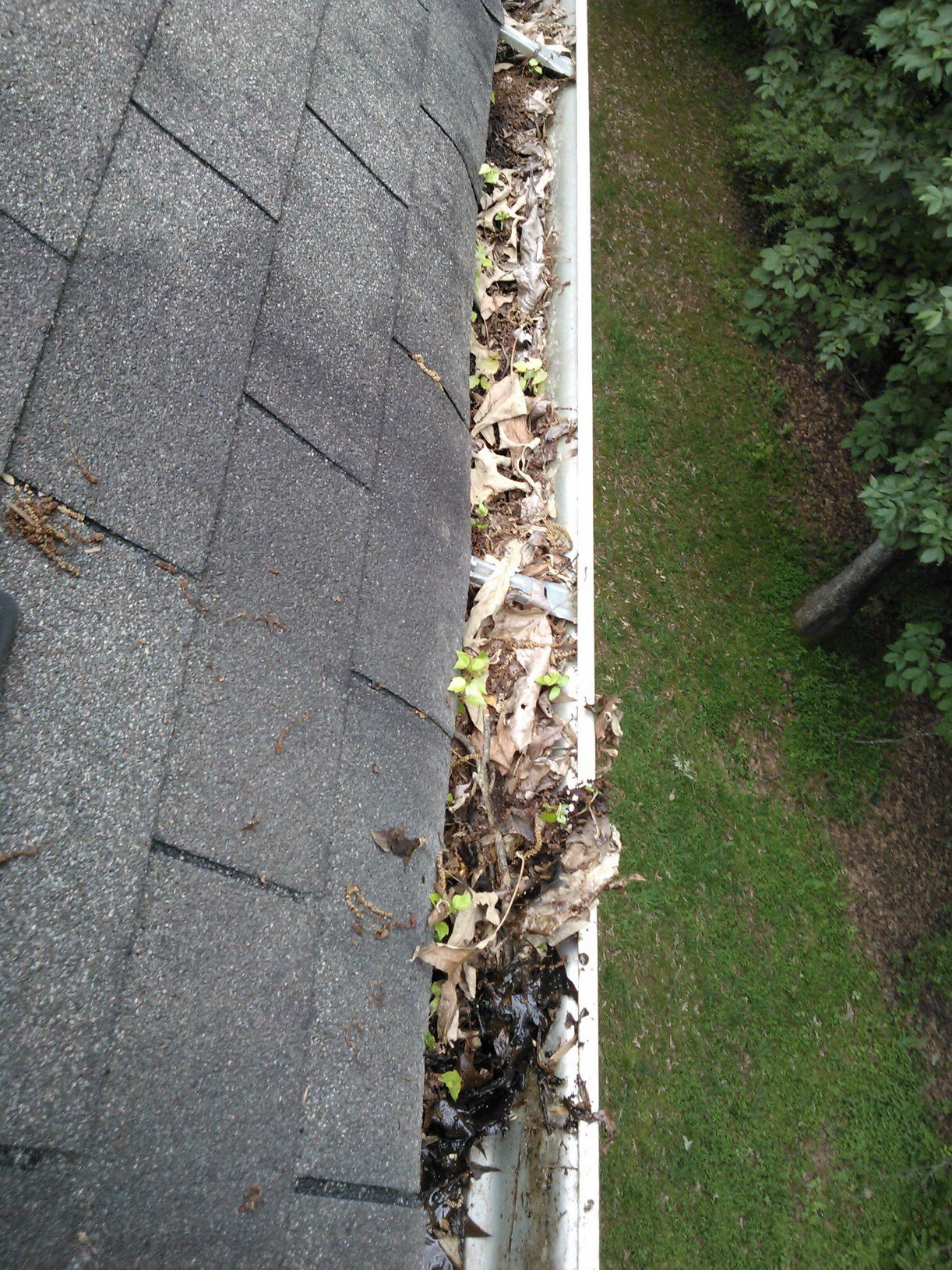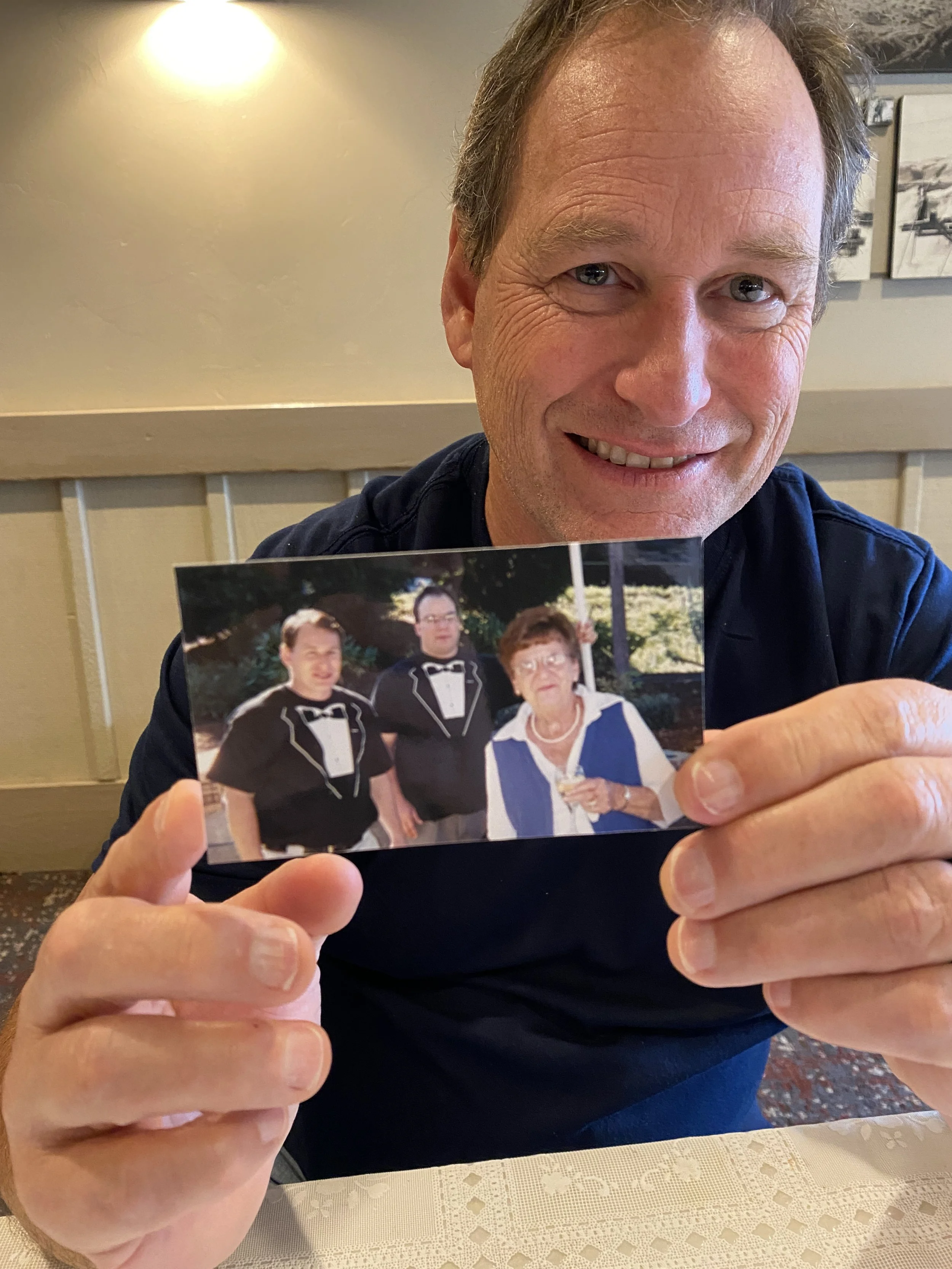Here comes Old Man Winter: winterize your home and get those snow tires ready
SNOW TIRES - James Porritt of Point S Tires programs some tire sensors on some new studded tires two years ago. Snow Tires are allowed starting on Friday, Nov. 1 in both Oregon and Washington. Good friend Jon Robertson at Point S said people should not wait to get their snow tires mounted as the wait is not that long yet but it will be soon as the first sign of snow hits. Early bird gets the worm and some nice bright yellow plastic covers for their wheels.
FOUNDATION VENTS - Close the vents or cover the vents in your foundation to ensure that the pipes under your home do not freeze. Remember to remove them when the threat of freezing is gone to ventilate and prevent moisture build-up in your crawl space.
WATER METER BOX - Here is what the top of your water meter box looks like. Make sure the interior of the box is insulated. Be careful lifting the lid. It’s heavy. Be mindful of pinch points and get help if it is too heavy. A large screwdriver or pry bar can be used to leverage under the hole in the lid to get a stuck lid to move.
INSIDE THE METER BOX - Here is the inside of the meter box. Insulate your potable water meter where it connects with city water. Insulation, fluffy bark chips, or a bag of styrofoam packing peanuts will work. Fill that space so freezing air does not reach those pipes. If you don’t do this, the backside of the meter can freeze and rupture - and then no water in your home.
GARDEN HOSES - Disconnect all your garden hoses attached to spigots at your home. Attached hoses can lead to freezing pipes. Also, notice that this hose bib has an anti-siphon device - they can be removed for winter or better yet push in on the pin inside it and if there is water there in the cavity it will drain out. That way your bib is ready to go in the spring.
SPIGOT COVER - Cover your spigots with insulated covers to ensure it does not freeze. These can be purchased at your local hardware stores such as Sawyers Ace or Maupin Hardware. Older homes sometimes are not insulated enough to prevent the water leading up to the spigot valve to prevent freezing and the possibility of breaking pipes inside the wall of the house.
WINTERIZE THE SPRINKLER SYSTEM - Don’t forget to drain or blow out your automatic sprinklers. Shut off the water to the system. Seen here, my Dad, Allan Peterson with a good-looking goatee, connects an air hose to his sprinkler system.
STAND BACK - Once the air compressor is sending air through your sprinkler lines, turn each zone on one at a time and run them until they are shooting air. Also, watch out for water droplets when taking photos!
Once you have blown out each zone of the sprinkler system, disconnect the air hose and then fill your box with insulation. OTHER TIPS - if you have areas in your home that are prone to freezing, such as pipes in cabinets, open the doors. You can also pour RV antifreeze in drain pipe traps - such as in a drain hole in a concrete floor - to keep them from freezing.
This magical pink recipe provides “burst protection” up to -50 degrees Fahrenheit. Hopefully we don’t test that threshold this winter.
Gutter Check - When the weather is still descent is a great time to check your gutters to ensure that winter rain and snow can properly be drained away from your home. If you’re using a ladder, it’s best to have a second person assisting you from the ground. It’s much healthier to move a ladder to reach something safely:) Time well spent saves time.
Support Local News
Available to everyone. Funded by readers.












